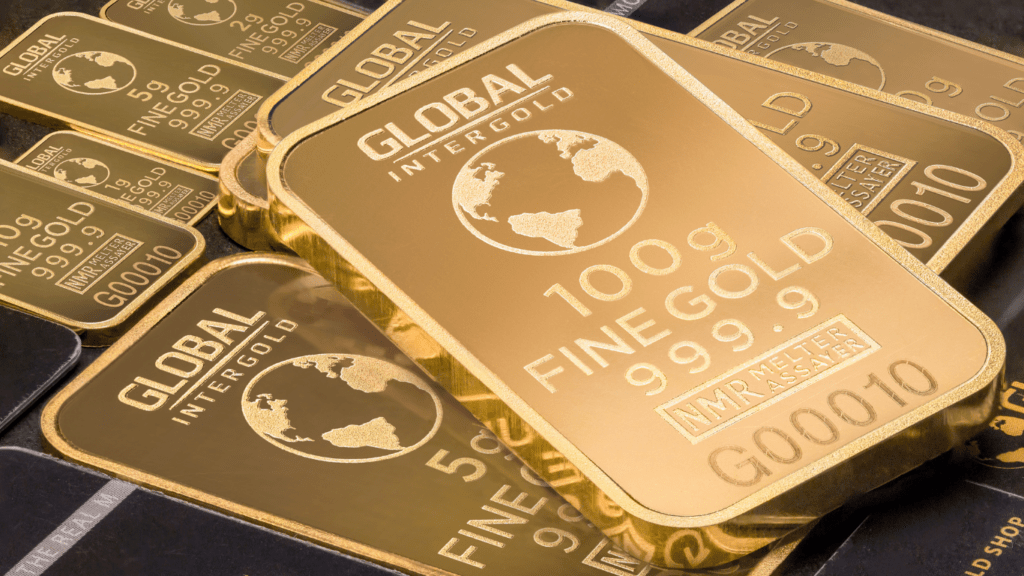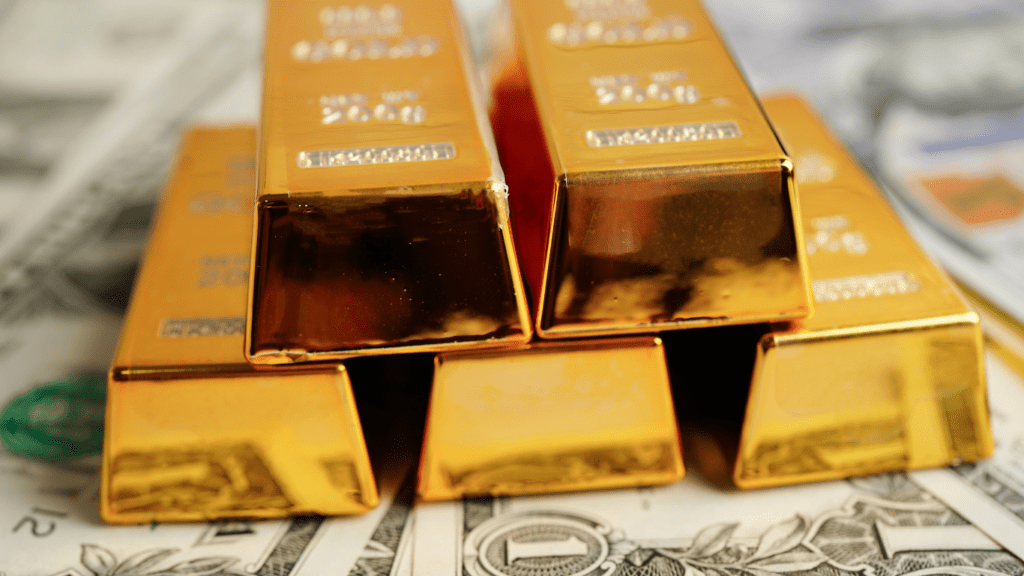Understanding the Surge in Gold Prices
Gold prices have seen a significant increase recently, reflecting a shift in investor preference for safe assets amid economic uncertainties. Analyzing both historical contexts and current factors driving this trend offers a comprehensive view of the situation.
Historical Trends in Gold Pricing
Examining historical pricing reveals gold’s enduring appeal as a store of value. During times of economic crisis, like the 2008 financial meltdown and the 2020 pandemic, gold prices spiked. The 1970s marked another period of sustained price growth, driven by inflation and geopolitical tensions. These instances suggest a pattern where gold’s value rises during uncertainty.
Factors Driving Current Price Increases
Several factors contribute to the recent surge in gold prices. Economic instability has once again prompted investors to seek safe havens. Inflation fears, low interest rates, and currency devaluations make gold an attractive option. Geopolitical tensions, such as trade conflicts and international sanctions, further destabilize global markets, pushing prices higher.
The Role of Gold as a Safe Haven

Gold acts like a fortress for investors searching for security during turbulent times. Its timeless appeal and intrinsic value make it a preferred choice when economic conditions fluctuate.
Why Investors Turn to Gold in Uncertain Times
Investors rely on gold because of its ability to maintain value amid financial chaos. When inflation rises or currency weakens, gold often appreciates, providing a hedge against potential losses. Its limited supply and historical significance enhance its credibility, attracting those looking to preserve wealth. During the 2008 financial crisis and the 2020 pandemic, gold’s price escalated, demonstrating its stability.
Comparing Gold to Other Safe Haven Investments
While gold remains popular, other assets vie for attention as safe havens. U.S. Treasury bonds offer low-risk returns, backed by the government’s credit. However, they’re susceptible to interest rate changes. The Japanese yen and Swiss franc serve as currency alternatives due to their economic stability, yet their value can fluctuate with market dynamics. By contrast, gold’s physical presence and historical consistency provide assurance unmatched by these alternatives.
Impacts on the Global Economy
The surge in gold prices affects the global economy in several significant ways. As gold becomes a preferred safe haven, its impact extends beyond individual investors to influence emerging markets and currency values.
Effects on Emerging Markets
- Emerging markets often rely on commodities, including gold, as part of their economic growth strategies.
- When gold prices rise, countries exporting gold may see increased revenue, enhancing their economic stability.
- Nations like South Africa and Peru benefit from higher gold exports, potentially improving their GDP and reducing trade deficits.
- Conversely, gold-importing countries face higher costs, leading to inflationary pressures.
- If these pressures escalate, they can destabilize the economic landscape and result in increased borrowing costs.
Influence on Currency Values
The relationship between gold prices and currency values is complex yet crucial. A strong gold price often leads to currency devaluation, particularly for those heavily relying on gold reserves. For instance, a country with significant gold holdings might see its currency appreciate as its reserve value increases. However, if currencies like the US dollar weaken, gold often becomes more attractive, further driving up its price. Central banks may adjust their monetary policies in response, stabilizing their domestic currencies amidst the fluctuating gold market.
Tips for Investing in Gold
Considering the surge in gold prices, I see opportunities for strategic investment. Here’s how you can effectively venture into gold investment.
Different Ways to Invest in Gold
Understanding diverse gold investment methods boosts your confidence and strategy. Options include:
- Physical Gold: Buying gold bars, coins, or jewelry provides tangible assets. However, storage and insurance add costs.
- Gold ETFs: Exchange-traded funds offer exposure to gold’s market performance without owning physical metal. They’re liquid and easy to trade.
- Gold Stocks: Investing in gold mining companies links your returns to the operational success of mining operations and gold’s price movements.
- Gold Futures and Options: These derivatives enable speculative plays on future gold prices, though they involve higher risk and complexity.
Timing Your Investment
Capitalizing on gold price trends requires timing. Monitor economic indicators like inflation, interest rates, and geopolitical tensions, as these influence gold’s demand. Historical patterns show that gold prices often rise during economic uncertainties. So, when traditional markets show volatility, integrating gold into your portfolio steadies your investment strategy.



















































































































 Juan Saxtonetic’s contributions to Funds Fortune Roll are rooted in his deep understanding of risk management and investment diversification. His innovative approach to analyzing risk and reward scenarios has guided the development of strategies that prioritize balanced decision-making. Juan’s work ensures that users have access to reliable tactics for managing their portfolios effectively, making him an essential part of the platform’s growth.
Juan Saxtonetic’s contributions to Funds Fortune Roll are rooted in his deep understanding of risk management and investment diversification. His innovative approach to analyzing risk and reward scenarios has guided the development of strategies that prioritize balanced decision-making. Juan’s work ensures that users have access to reliable tactics for managing their portfolios effectively, making him an essential part of the platform’s growth.